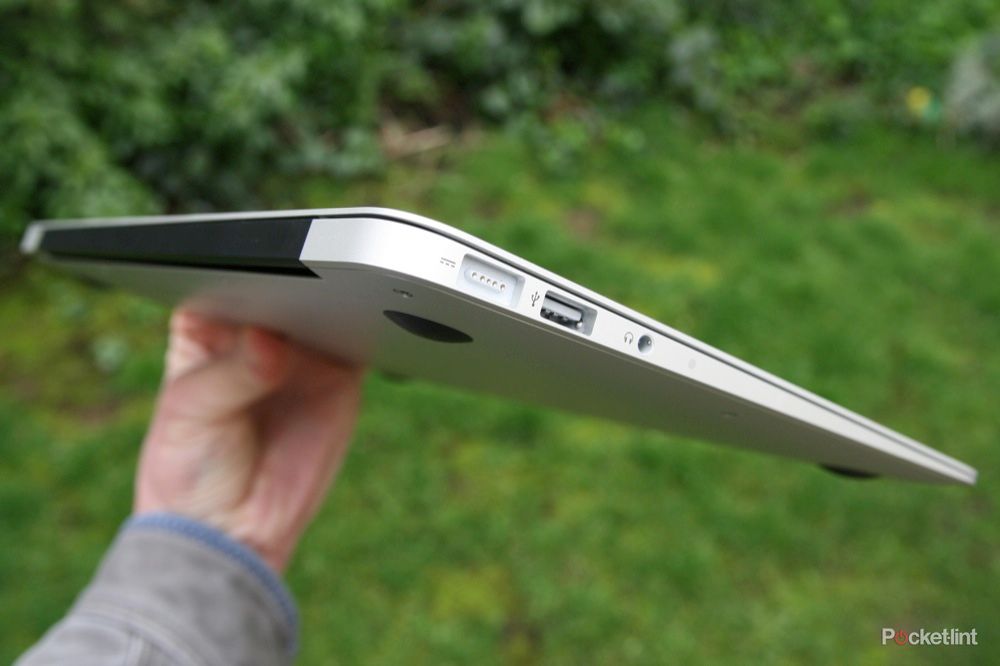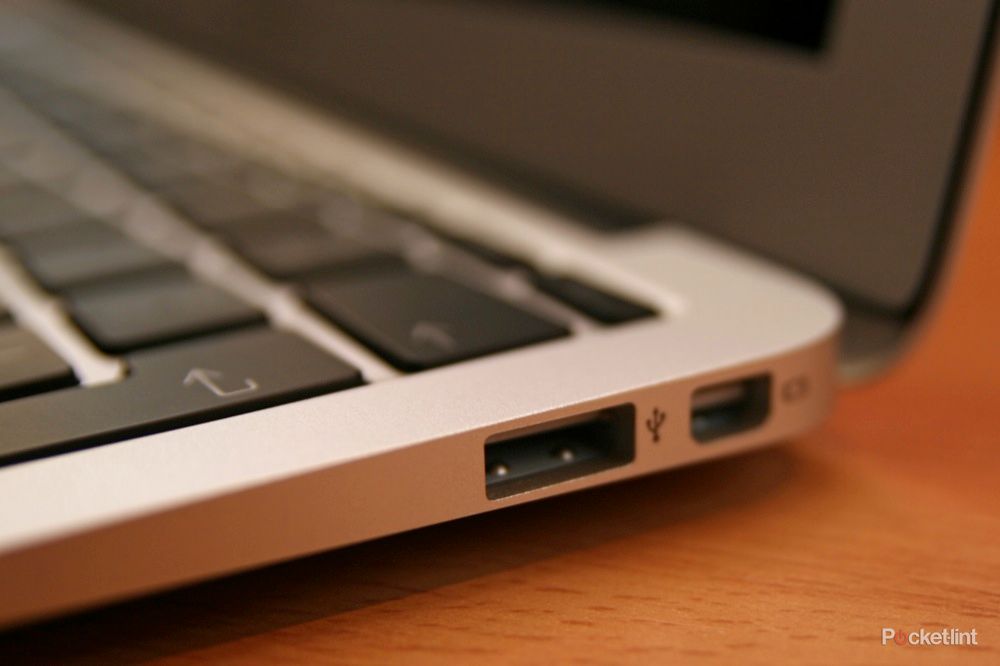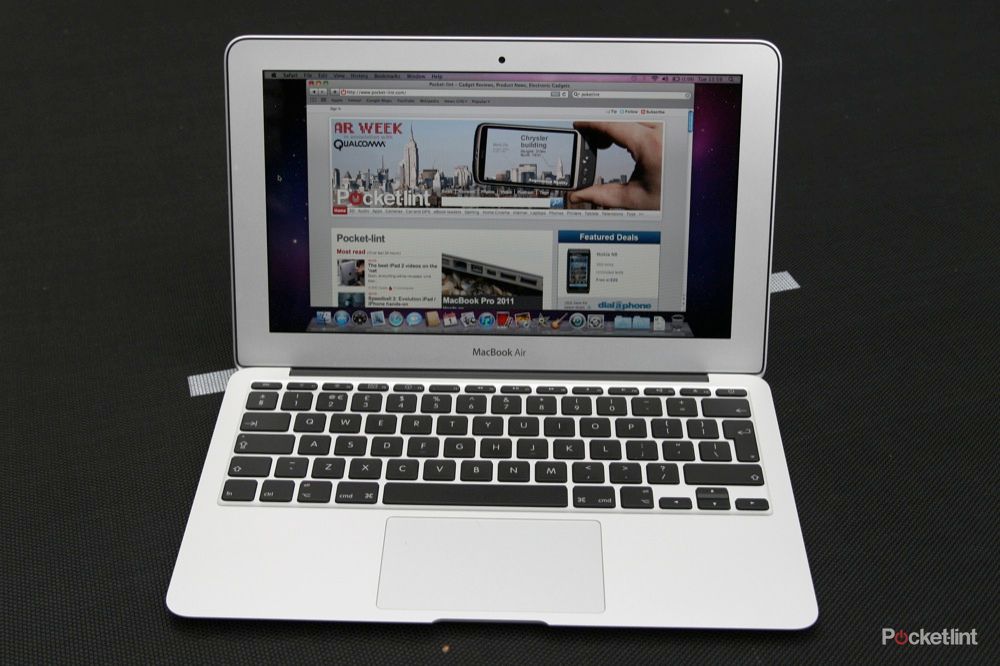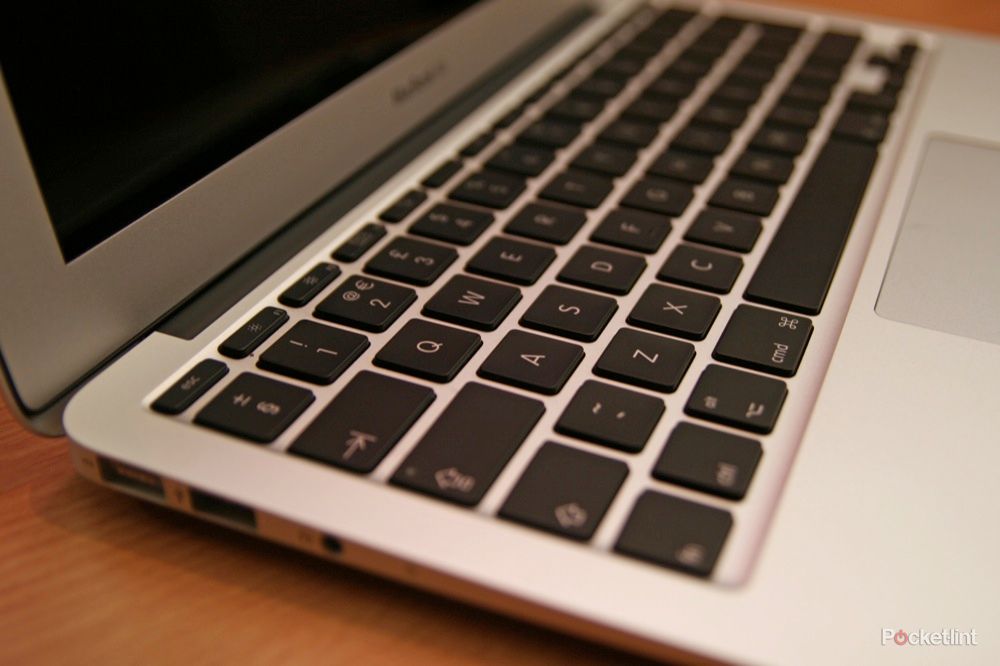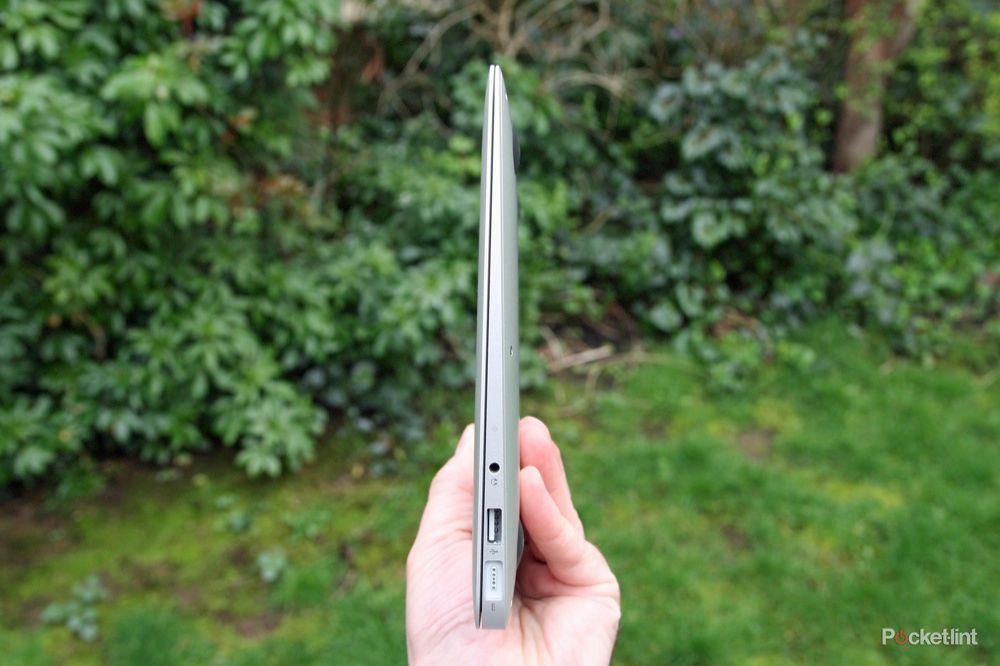The Apple MacBook Air 11-inch pushes into a new space for Apple, slotting between the existing (and refreshed) Air 13-inch, and above the iPad. It means Apple now has a compact and extremely portable format of computer: Apple had always said they wouldn’t make a netbook and this new Air rivals the 11.6-inch format in the PC world, so it is about as "netbook" as we can expect Apple to get.
Our quick take
There is little to complain about with the MacBook Air 11-inch. It is, in a word, spectacular. It delivers performance in a package that is surprisingly complete and this, coupled with the design, makes the £1020 for the model reviewed here almost justifiable. Of course, that’s still expensive by any standards and there’s no avoiding the fact that you can get a new MacBook Pro, which is more powerful in all directions, for less money (and an SSD version of that starts from £1199).
But the MacBook Air isn’t about affordability, it’s about making a statement, it’s about travelling light without having to sacrifice power and design. It won’t suit every taste and the lack of optical drive and connections will make the MacBook Air impractical for many, but you can’t help marvelling at it.
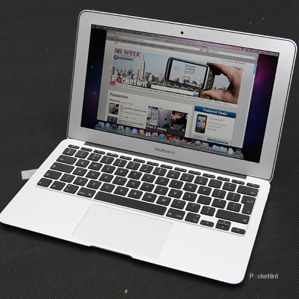
Apple MacBook Air 11-inch (2010) - 4.5 / 5
| FOR | AGAINST |
|---|---|
|
|
Except it is about as far from the cheap and cheerful netbook-esque PCs that fill this middle space. Instead you have the specs and the design that go some way to justifying the not unsubstantial cost of the MacBook Air. But that’s perhaps forgivable: you’d never look at the MacBook Air as a cheap alternative so you don’t have to heft around your bulky main computer. No, the MacBook Air is a premium product in its own right.
The design is the most striking thing about the MacBook Air. It is the thinnest computer we’ve ever seen. It’s so slender that it’s almost thinner than some of the recent tablets that we’ve seen launched. Is this just Apple showing off? We suspect there is a dose of that, but it’s an undeniably impressive engineering feat to pack a working machine into such a slim chassis without having to make critical compromises on usability. One thing working in Apple's favour is their aluminium unibody, which gives strength and rigidity, with practically no flex evident across the entire device.
Some will argue that sacrifices have been made that don’t make it practical. The connections, for example, are minimal. You get the MagSafe power connection, a single USB 2.0 socket and the 3.5mm jack on the left-hand side, along with the built-in mic. On the right-hand side you get a DisplayPort connection and a second USB 2.0 socket. That’s it. That’s all the connections you get.
Obviously missing is the Ethernet port, so all your networking will have to be done through the in-built a/b/g/n Wi-Fi. But seeing as everywhere from your home to your local Starbucks now offers Wi-Fi, and you can buy a USB Ethernet adapter (£25) we don't see this being too much of a problem. You also get Bluetooth 2.1 to hook-up your fancy wireless speakers.
Similarly, some might gripe about the lack of VGA/D-Sub or HDMI connections. Apple have long been using the DisplayPort connection and again, there are adapters to connect to other common standards, again around the £20-25 mark. The essentials are covered and many will find they just didn't need all those superfluous connections.
The 13-inch MacBook Air offers you an SD card slot that the 11-inch doesn’t feature, so again, you’ll have to connect your camera via cable to access your photos and video. In this case, the close proximity of the power or display connections might mean you can’t get anything too bulky into the USB sockets, in which case you might want to use a USB extension cable, especially if you’re using something like a Flip camcorder.
One thing we do miss is the battery indicator. The battery in the MacBook Air 11-inch is inaccessible inside the device. It is good for up to around 5 hours, we typically got around 4 hours in general web use on Wi-Fi and watching a healthy collection of online videos. Without a battery indicator there isn’t a way of gauging the battery life before you head out of the door, something we’d like to see included in future iterations.
Measuring 299.5 x 192 x 17mm (at the fattest point at the rear), the MacBook Air tapers down to a fine point at the leading edge. This gives a very slight slope to the keyboard, but that isn’t the best thing about the keyboard. The fact that Apple have stuck with regular sized keys, regularly spaced just as they are on their larger MacBooks means it is excellent to type on. Many small format computers take some time to get used to, but the MacBook Air takes minimal thought - you just start typing.
The travel of the keys is excellent and there is enough support behind the keyboard to make the experience universally impressive - too many cheap rivals will have a flexible patch on one side of the keyboard that unbalances the whole experience. The only keys that have been reduced on the MacBook Air are the top function/shortcut keys. There has been a slight tweak on the right-hand end, offering a power button on the far right.
Our hands just about fit on the palm rests of the MacBook Air giving a comfortable typing position, but we suspect those with larger hands might find they are somewhere between the desk and the palm rests - something worth trying out in your local Apple Store if you do have larger than average hands.
Below the keyboard in Apple’s excellent trackpad. Despite the smaller frame the MacBook Air still offers you 120mm (diagonal) pad so there is plenty of space. It is silky smooth and the MacBook line offers the best trackpad multitouch experience you'll find on a computer, with plenty of gestures to help keep things ticking along without the need for a mouse.
The 11.6-inch display sits on the same drop-down hinge you’ll find across the MacBook range, meaning it neatly drops behind the body of the Air as you open it up. This makes for a more compact computer when open, ideal for using on the tray table of trains or aircraft. Opening the lid of the Air single-handed is easy enough, but it does rock backwards as the hinge approaches 90 degrees when opening on a desk. On the lap we found the Air to be well balanced - the screen is light enough so it doesn't topple backwards when you stretch your legs out.
The display offers up a resolution of 1366 x 768, so it can claim the HD tag. It is glossy in its finish so isn’t always as practical in direct sunlight as some matte rivals, but it is bright enough to overcome most problems you’ll encounter with reflections. As with all Apple displays, it is wonderfully vibrant with excellent colour reproduction and wide viewing angles. The screen is large enough for daily working, with ample resolution to fit a document on the screen, but is a little too small if you're one of those people who likes to have side-by-side apps running together. It works well with Spaces, giving a screen over to a large app, like your browser, or a couple of smaller apps together.
Powering the MacBook Air is an Intel Core 2 Duo processor, clocked at 1.4GHz (a 1.6GHz upgrade is available for £82). You get 2GB of DDR3 RAM (4GB upgrade for an extra £80) and the graphics are driven by the Nvidia GeForce 320M GPU. The result is, even at the basic specification, that the MacBook Air cuts through everyday tasks with no problems at all.
The MacBook Air will handle streaming HD video, offering up the likes of YouTube HD and BBC iPlayer HD without too many problems - perhaps the odd frame dropped here and there but perfectly watchable. It didn’t cope so well with 1920 x 1080 content from a camcorder, especially at the higher 18Mpbs data rate, but played back a slightly lower 14Mbps file with no problems.
The sound quality is also excellent which is surprising from a machine so slim. The stereo speakers are hidden behind the hinge and are both loud enough and of acceptable quality for most purposes. If you want to watch a movie, then plugging in your headphones will probably be the first port of call anyway, but we found it fine for listening to music on the move.
The other thing that the MacBook Air has working in its favour is a solid state drive (SSD). This is a much more expensive option than your average hard disk drive and accounts for some of the price, but offers much faster data access rates and lower power consumption. There are two options available, 64GB and 128GB. These don’t sound huge when it comes to storage, but that’s not the point of the MacBook Air - it isn’t a machine you should stuff full of content, it is designed to be fast and light.
The result of the SSD and the hardware configuration is that the MacBook Air doesn’t feel like a MacBook that has been compromised. It has all the power of a fully-fledged computer, so you can process your photos, edit your HD video and enjoy movies on the move. Of course the MacBook Air isn’t going to be as adept as the new line of MacBook Pros are at these tasks, but for such a light and portable machine, it’s impressive none the less.
Naturally it comes running OS X Snow Leopard, the current iteration of Apple's excellent operating system. That's due for an upgrade in summer 2011, bringing with a collection of new features. As it is the OS runs fast and pre-installed iLife suite will take care of your music, movies and entertainment needs.
To recap
The MacBook Air isn’t about affordability, it’s about making a statement, it’s about travelling light without having to sacrifice power and design. It won’t suit every taste and the lack of optical drive and connections will make the MacBook Air impractical for many, but you can’t help marvelling at it

